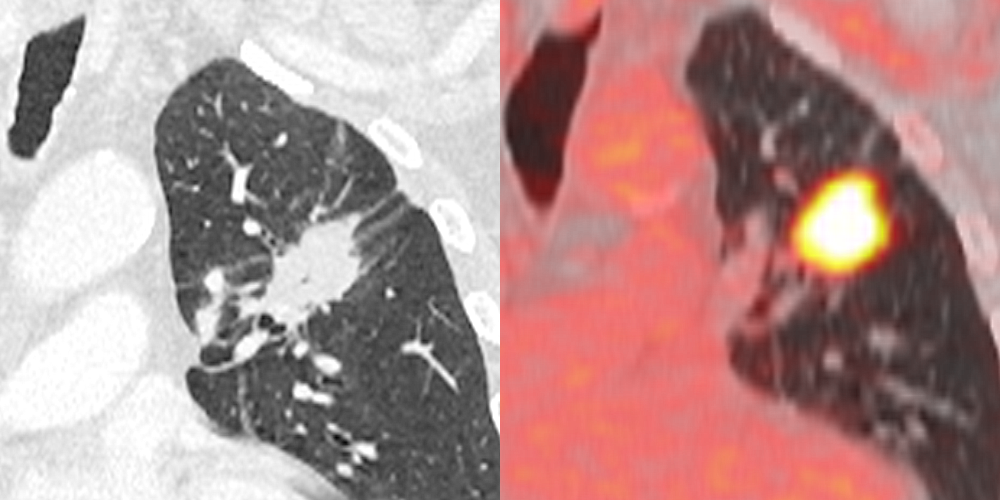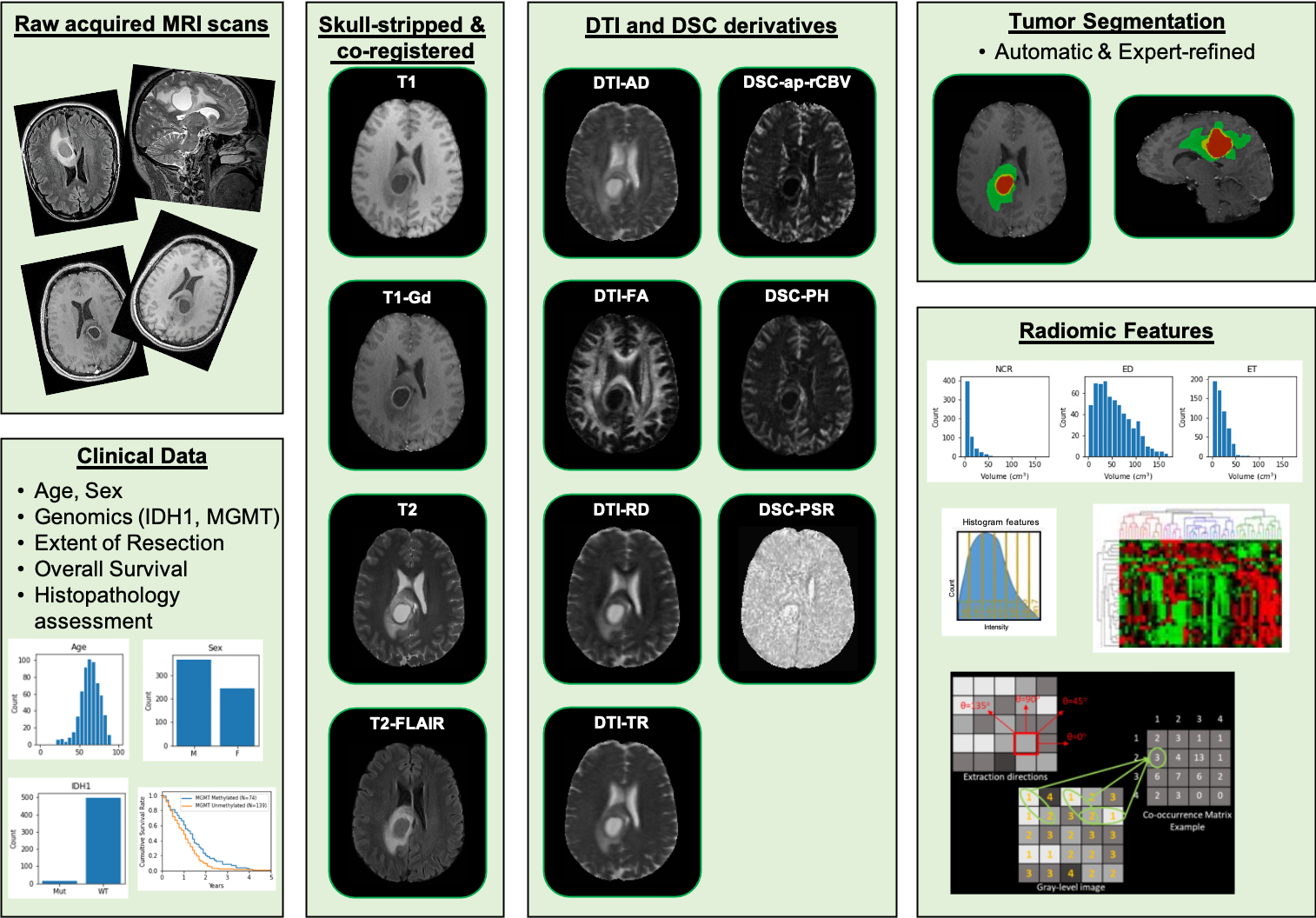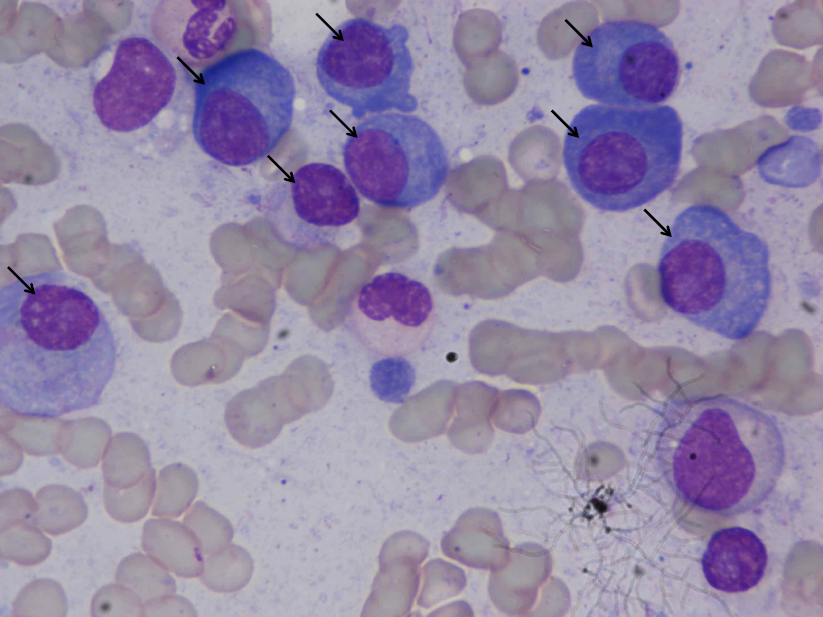
Medical image biomarkers of cancer promise improvements in patient care through advances in precision medicine. Compared to genomic biomarkers, image biomarkers provide the advantages of being a non-invasive procedure, and characterizing a heterogeneous tumor in its entirety, as opposed to limited tissue available for biopsy. We developed a unique radiogenomic dataset from a Non-Small Cell Lung Cancer (NSCLC)...



